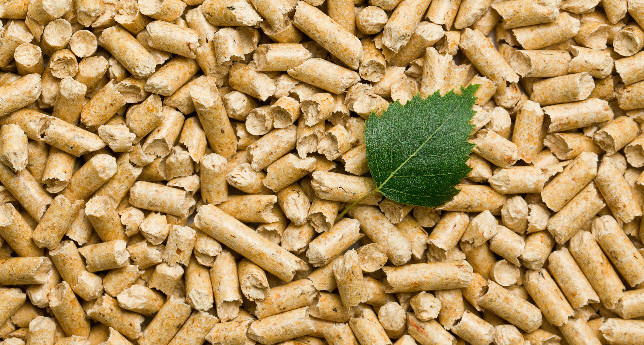
BIOENERGY
Providing sustainable solutions for energy needs
Forest harvest residuals like tree tops, limbs and bark can be used as a feedstock in bioenergy facilities to produce renewable energy, an overall low-carbon energy solution.
Our sustainably managed forests not only provide pulpwood and saw logs, but also wood fiber that can be used as a source for renewable energy – the type of energy that reduces consumption of fossil fuels while helping address climate change. When compared with fossil fuel alternatives, wood fiber from sustainable managed forests represents a low-carbon energy solution that also supports jobs in rural communities, keeps forests healthy by protecting them from insects, disease and wildfire, and encourages future sustainable forestry.
Wood fiber from our forests used as a feedstock in bioenergy facilities includes lower-value material from forest harvesting operations like small-diameter trees, tree tops, limbs and bark from typical forestry operations.
The benefits of using wood for bioenergy come from its abundance, renewability and its role in capturing carbon. When wood products are manufactured, carbon is stored and displaces fossil carbon emissions. A growing forest, therefore, helps by drawing carbon out of the atmosphere while also providing raw material for bioenergy.
Renewable energy producers (such as wood pellet plants) need a steady supply of sustainably produced wood fiber to supply their facilities. With our supply chain and timber market knowledge, we work with energy producers to develop fiber sourcing and supply chain solutions, including:
- Securing fiber-supply security while helping provide price predictability over the long term
- Providing chain of custody, traceability and feedstock sustainability evidence to meet a variety of certification requirements
- Meeting stringent environmental statutes, regulations and best practices required by law
We view the emerging bioenergy industry as a promising way to help keep working forests as forests, improve utilization of trees removed in harvesting operations and provide a promising alternative to fossil fuels.

